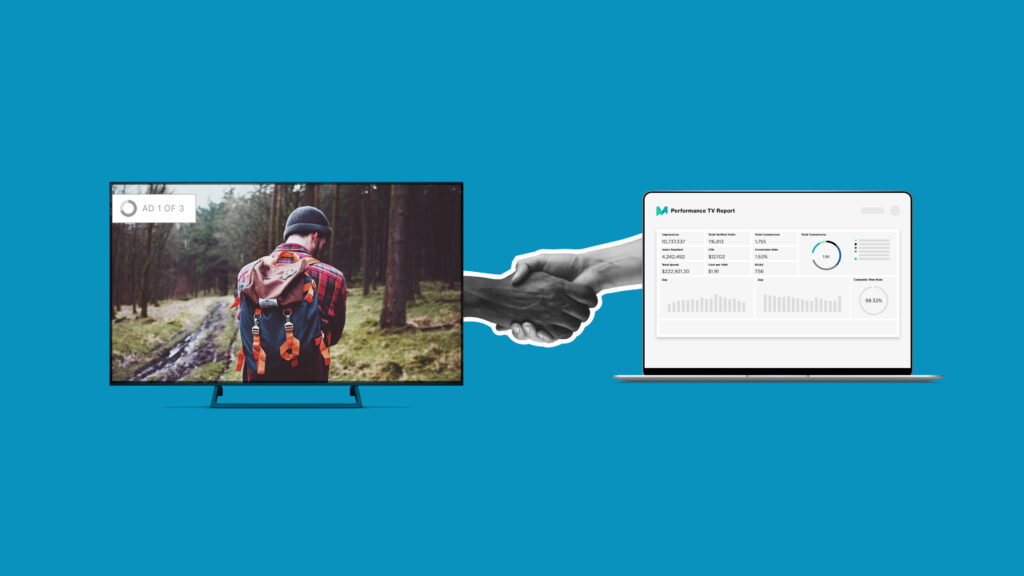10 Best Shopify Sales Channels to Increase Sales
by admin
6 Min Read
CES 2024: Stagwell (STGW) and MNTN Announce Partnership in Unified Performance SolutionsLearn More
Sir Martin Sorrell, former CEO of heavyweight agency WPP warned of further budget cuts to brand marketing—who are the winners and losers?

4 Min Read
“There will be a move away from brand awareness to activation, performance, measurement and ROI,” said Sir Martin Sorrell, who has experienced multiple recessions in his lifetime—from the economic downturn in the early 1990s through to the global financial crisis in 2008. Meanwhile, at an industry conference, ANA CEO Bob Liodice stressed the importance of marketers holding tight to their budgets, despite being questioned by C-level executives. “You’re going to be asked to cut budgets. You’re going to be asked to find ways to save money…this is not the time to do that.”
A story published by AdExchanger this week explored how the threat of budget cuts has advertisers mulling over the best way to approach their marketing strategy in 2023. “The conventional thinking goes that if companies maintain their investment in brand marketing to stay top-of-mind, even when the going gets tough, they’ll be rewarded on the other side of a downturn,” it mentions. Which leads us to our next question—is brand marketing the right way to go, or is there a better way? Let’s take a look at some brands who have opted for the former, and what lessons other brands can take away moving forward.
Roku’s latest earning report wasn’t a rosy one—despite adding 2.3 million active accounts, its third-quarter report showed that its ad business isn’t growing at the same pace as it was a year ago. Executives were quick to attribute this to macroeconomic factors beyond its control. However, assessing the second-quarter’s performance, the streaming giant hasn’t let up on their brand marketing, and top-funnel approach.
There’s also the fact that much of Roku’s inventory is tied to the scatter ad market (i.e. this is any inventory leftover after annual upfront commitments), which has been hard hit. “We have maybe a greater share of scatter than a traditional TV network, so the macro environment in the short term will impact us a bit more than some other players in the ecosystem,” said Roku CFO Steve Louden. Similarly, findings from a survey released by Advertiser Perceptions a few months ago hinted that advertisers were dialing back on media channels traditionally aimed at brand-building and broader awareness plays—including TV.
While Roku hasn’t had it easy over the past year, one brand continued to forge forward. Airbnb reported its most successful quarter to date, citing that moving away from search marketing and leaning in on brand awareness played a big part of its success. In this week’s article in the Wall Street Journal, Airbnb reported that “in the first quarter of 2021, sales and marketing expenses fell 28% from the quarter a year earlier to $229 million, citing a decrease in performance marketing expenses—which refers to campaigns that directly generate consumer action—and an intention to use the strength of its brand to attract guests.” However, that’s not to say that the brand didn’t divorce itself from performance marketing completely, “We think of performance marketing as more of a way to laser in to balance supply and demand rather than a way to just purchase a large amount of customers,” said Chief Executive Brian Chesky. In fact, Airbnb is a solid example of a brand who has evolved from a performance-marketing model to one that has integrated brand marketing—and proving that the two are not mutually exclusive.
Analyzing the approach taken by these two brands teaches us a few things: firstly that the narrative remains unchanged—brand awareness is far from dead—only the definition of it has evolved over time, especially with newer performance channels like Connected TV in the picture. Instead of delineating the two, advertisers should consider one (brand marketing) complementary to the other (performance marketing), and work together in harmony to produce the best ROI.
Secondly, brands should opt for channels that offer all of the benefits of brand awareness with a performance-driven angle. A role that Connected TV advertising fills especially well, with its inherent brand lift abilities coupled with targeting and measurement associated with performance marketing solutions. Marketers would do well to consider Connected TV as an option, especially in light of the current economic climate where brands are under pressure by their C-suite to conserve their ad dollars and drive accountability with their investments.
Subscribe to the report Apple, Amazon, NBC and more use to get their CTV news.